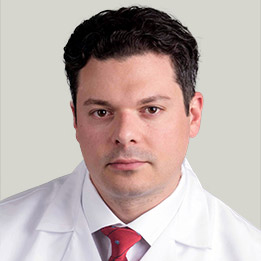What is the Right Age For My Child’s First Orthodontic Visit?

Wilmette, IL – Smiles can be perfected at any age, but for parents wondering when to schedule their child’s first orthodontic visit, it’s important to remember there is an optimal time to begin treatment. The American Association of Orthodontists recommends children have their first visit with an orthodontist by the age of seven.
“Beginning treatment at just the right time can help improve outcomes, and it can often save you time and money in the long run,” says Grayslake orthodontist Dr. Michael Stosich. “Seven is the recommended age because the child will most likely have some mix of baby and permanent teeth, and the first molars have started to come in. We can begin to see how the mouth will take shape, and find problems that can be corrected with early orthodontic treatment.”
Most children will not require orthodontic treatment at this early age, but beginning a relationship with an orthodontist will allow for observation so treatment can begin at the right time to ensure the healthiest and most beautiful smile.
The initial exam and consultation is free of charge. Dr. Stosich will be able to spot any problems that may exist in your child’s jaw growth, or in the permanent teeth that have yet to erupt. While your child’s teeth may look straight to you, there could be problems that only a well-trained orthodontist may detect.
Dr. Stosich may find that your child’s bite looks fine, but might recommend follow-up appointments at certain intervals to ensure nothing changes. If Dr. Stosich spots something that could be a problem, but treatment isn’t needed yet, he will monitor your child’s jaw growth and the developments taking place in the mouth. Then, he can begin treatment at the appropriate time to ensure the best outcome.
In other cases, Dr. Stosich might see a problem that can benefit from early intervention treatment. By starting treatment early, Dr. Stosich can prevent the problem from becoming more serious, thereby helping later treatment take less time or be less complicated. In some cases, patients may be able to avoid later treatment altogether.
“For some patients, early treatment is critical to achieving a normal functioning smile without the need for more serious treatment,” says Dr. Stosich. “The best time to treat an issue is before the face and jaws have stopped growing. If treatment isn’t begun until after jaw growth has ceased, surgery may be required to get an ideally functioning bite.”
Early treatment allows Dr. Stosich to guide the growth of your child’s jaw, correct harmful habits, such as extended thumb sucking or bottle use, and improve the function and health of your child’s bite.
The goal of early treatment is to correct any serious jaw discrepancies Dr. Stosich may find, in order to create an ideal environment for all the permanent teeth to erupt properly. Appliances can be used to guide the jaw growth to improve the bite and create a proper facial profile. Then, once the permanent teeth have all erupted, the second phase of treatment, if needed, can begin.
By seeing an orthodontist by the age of seven, any issues your child may have can be detected and treated at the right time to ensure your child has a beautiful, functioning smile that will last a lifetime. If your child is in need of an orthodontic consultation, schedule one with Dr. Stosich and iDentity Orthodonics today.


